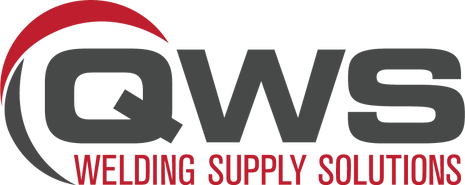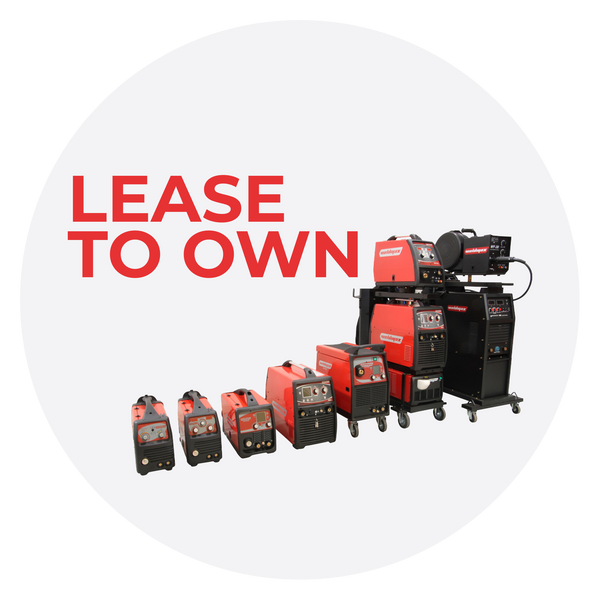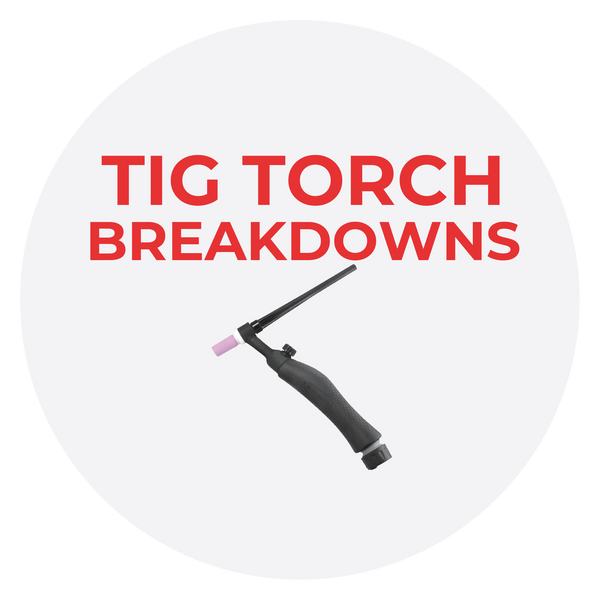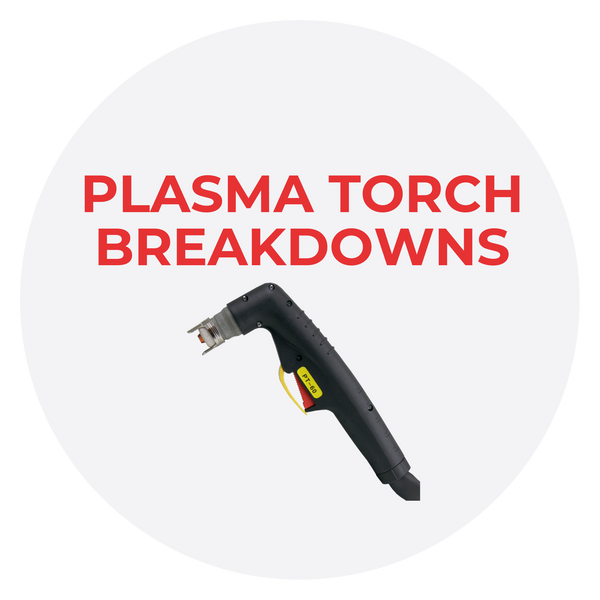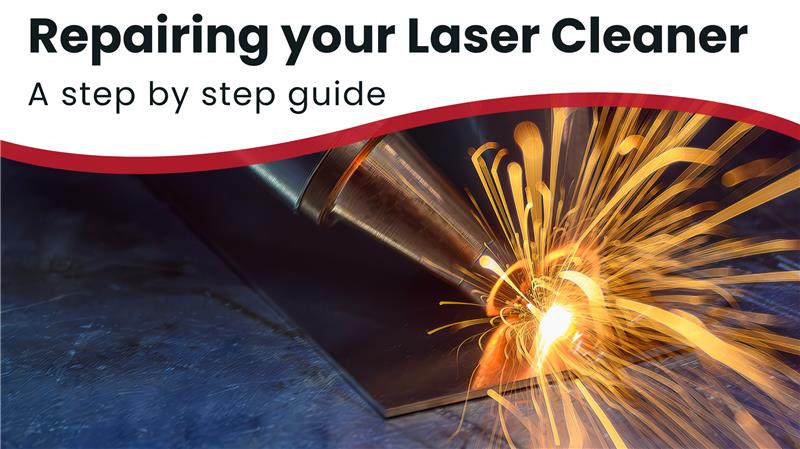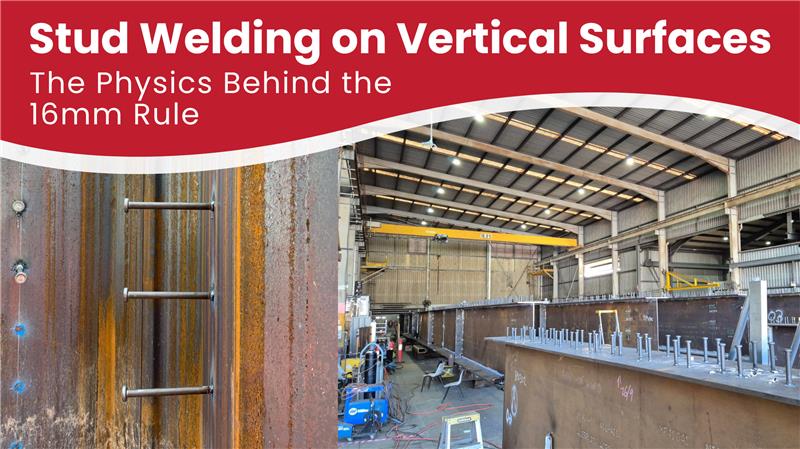Reticulated Gas Pipe System

Weld Shielding gases, Oxygen & Fuel, Scientific & Medical Gases can all be reticulated for Commercial, Safety and convenience benefits. When gases are used in significant volumes, a centralized gas delivery system is a practical necessity. A well-conceived delivery system will reduce operating costs, increases productivity, and enhance safety. Even when the volume of gas consumed is low a well-designed delivery system will enhance cylinder handling safety and ensure maximum gas utilisation. Let's know more about it with the help of Harris Products Group which is the world leader in Gas Distribution Reticulation.
Why Reticulated Gas Systems Work?
The main component for a successful gas delivery system is sizing it for the correct pressure and flow. Supplying gas to an application seems like a simple task—source a gas cylinder and a regulator from a local supplier, connect it, and turn it on….but, THAT has a low price to buy and high cost to run – let’s look at better ways to obtain bigger operation gas cost savings with a faster return on investment.
Whether at a large shipyard, structural steel fabricator or in a small stainless-steel jobbing shop, metal fabricators rely on shielding gas products that are delivered and stored in cylinders. From a basic high-pressure cylinder to a large bulk tank, the objective is to have a system in place that will provide cost savings and give you the ability to be more productive with many system designs options.
If it’s a one-off application in which the demand for pressure or flow stays the same, then it is simple. Things get complicated when the application evolves into multiple locations or requires more pressure or flow. When this happens, the gas delivery system will need to be upgraded to ensure performance. Sure, every use point could be outfitted with a cylinder and pressure-reducing regulator, or in the case of higher consumption, you could keep manually changing cylinders as required. However, such an approach is time-consuming and costly. By installing gas cylinders at one main location and controlling them with a basic manifold or switchover manifold, you won’t need to worry about cylinders running out of gas. Shielding gas reticulation can be supplied from 6 pack or 12 pack cylinder systems, or from a onsite bulk mixing tanks.


Benefits of Continuous Gas Supply
According to industry standards, it takes an average of 20 to 30 minutes to change out an empty gas cylinder and replace it with a full one. When multiplied by the number of workstations in a shop, it adds up to a considerable amount of lost time. The other unseen cost is cylinder rental at $0.25 to $0.40 a day for high-pressure cylinders and $1.50 to $3.00 per day for liquid cylinders. By combining multiple cylinders on a basic manifold to supply an application with gas, you can minimize the time required to change out empty cylinders.
A basic manifold, however, still requires monitoring to ensure the process does not run out of gas.
A centralized system will allow the consolidation of all cylinders into one storage location. With all the cylinders in one place, inventory control will be streamlined, and cylinder handling will be simplified and improved. Gases are be separated by type to enhance safety.
The frequency of cylinder change outs is reduced in a centralized system. It is achieved by connecting multiple cylinders or Packs to manifolds in banks in such a way that one bank can be safely vented, replenished, and purged while a second bank provides continuous gas service. This type of manifold system can supply gas to multiple applications and even entire facilities, eliminating the need for separate cylinders and regulators for each point of use.

Piped Gas Applications
Piped MIG and TIG welding gas is commonly used in manufacturing workshops, fabrication bays, maintenance facilities, laboratory and learning centers and pipe spooling factories and also used on semi-permanent work sites. Temporary work sites work well when the welders are in close proximity to each other, as a single gas manifold system monitoring both pressure and flow of shielding gas delivered to the welding operation.
Piped gas in fixed applications include argon premixed shielding gases carbon dioxide acetylene propane natural gas oxygen and many other common industrial gases.
Safety Benefits of Installed Gas lines:
Using a gas pipeline in any factory or facility to avoid handling of cylinders is a significant safety improvement. Cylinder handling safety is a major issue in 3 substantial safety concerns being Pressure, Explosion and Weight. Pressurised gas cylinders are a significant safety issue especially with unrestrained cylinders potentially falling and damaging the outlet valve causing it to use the valve head as a projectile or the cylinder as a torpedo inside work areas or during transport….or both. The head or the bottle will cause serious injury or death if it was to come in contact with your staff should this disaster happen. The advantage of piped gas means that gas is delivered in full crates that are secured with bolts in a cage and can only be handled with a forklift or crane – thus reducing potential operator injury by up to 99%. Flammable gas used in Australian industry are a serious cause for concern – especially around welding applications due to regular sparks and heat generated by welders. Although piping gas into an industrial facility does not remove the risk of explosion, it does allow the ‘explosive vessel’ to be outside the building in a well ventilated designated area in the event of any disaster, making it significantly safer for staff within the confines of the internal workshop. Weight is also a serious concern from all business owners, managers and OH&S teams due to almost every cylinder used in industrial application being greater than 25kg each, and with limited handles available for safe lifting by 1 or 2 or more people when a cylinder needs to be handled or relocated.

Installation

Shielding gas pipeline installation is very quick and simple with installation of a 2 outlets pipeline with single manifold can be installed in 2 hours depending on building construction design and distance from welding bays to cylinder packs with each outlet taking and additional 1 hour to install. Welding areas that not against external walls create some further challenge when installing gas pipelines as often in these locations overhead cranes are used making direct access to roof more difficult.... But nevertheless still achievable given that gas can be run in pipework underground or a long wall straps to reach the desired location. All inert gases can be piped in polybutylene flexible pipe making pipe work very fast and cheap to install given that it is non-flammable and low pressure. Flammable gases should always use copper or stainless pipe systems for increased safety against heat sources and other potential safety issues if they were to have the lines cut damaged during use. Critical components of a successful installation include high quality gas regulators and fittings that not only deliver gas but assist in reducing gas consumption through correct regulator sequence and system design for both pipeline layout and regulator / flow control positioning. Isolation valves used on all major intersections to assist with fast leak detection methods should any seepage take place overnight or during daily operation. All pipework and regulators are subject to stringent standards within the ASNZ standards along with ISO standards for quality, environmental and safety compliance. The service life of a polybutylene piping system is guaranteed for 10years – however there are many pipelines in the market for in excess of 25years with minimal maintenance required. In the end – the choice is yours on what material the pipeline is constructed with - be it polybutylene, copper, stainless steel or carbon steel – it is just a difference of cost.
Cylinder Cradles
Development in the compressed welding gas market over the past decade or more has seen the introduction of high-pressure cylinder cradles or gas packs. These welded steel pallets hold 6, 12, or 18 high-pressure cylinders, all connected to a common outlet port. The cylinder bundles can have an internal working pressure of 3,000 to 4,500 PSI. The configuration helps minimize the footprint while decreasing empty cylinder changeout time.
Cylinder (Pack) switchover can be accomplished manually or automatically by the manifold, cylinders in a bank will be uniformly exhausted, resulting in improved gas utilization and lower costs. The integrity of the delivery system will be better protected since cylinder change-outs will be done in an isolated, controlled environment. Manifolds are equipped with check valves to prevent gas backflow for easy change overs. (In some cases, purge assemblies to maintain High Purity applications and eliminate contaminants from entering the system during change-out).

Versatility
Welding shielding gases using polybutylene piping allows easy modification and extension should the workshop requirements change at any time after the initial ring-main installation has taken place, as simple branch off joiners and extension pieces are very easy additions. With polybutylene tubing coming in 25metre lengths for pipes less than 22mm ID, the system installers take particular care to avoid joins and cuts – thus further enhancing the gas delivery pressure and flow rates without any leaks. Should the system require gas monitoring gauges throughout the factory to ensure consistent delivery pressure – a gauge can be very simply added to any point in the line – even years after the original installation.

Consumables Costs
When determining consumables costs, you should consider wire and shielding gas prices together because of the effect that shielding gas has on deposition efficiency. Remember, the lowest-priced wire and gas also may yield the lowest deposition efficiency. Although the initial price may be higher, the recommended wire and gas combination can increase deposition efficiency and result in lower overall cost.
Highly oxidizing shielding gases, such as pure carbon dioxide, require welding wires with additional deoxidizers to counter the loss of alloy in the welding arc. If carbon dioxide shielding is changed to argon with 20 percent carbon dioxide, a less expensive welding wire can be substituted because of the good alloy retention of the argon shielding gas. A shop can save up to 15 percent in wire costs with this change while maintaining mechanical properties, making operation easier, and increasing weld speeds.

Operational Savings
Using high quality regulators and brass valves is key to saving significant operational expense over the lifetime of the pipeline installation, as a successful installation can have a return on investment within months or even weeks of purchase due to the gas consumption reduction savings – whilst maintaining or enhancing welding performance.
To put this into numbers - gas consumption reductions of 20 - 70% savings have regularly been achieved depending on welding time duration of the welders, this equates to a $20 - $70 saving for every $100 of gas purchased from your local gas provider.
Costings for Shielding Gas Ring-Mains
Gas supply giants in Australia often quote for annual supply contracts of gas with the gas pipeline installed for very small amounts (as low as $0) - however using a gas provider to supply your pipeline is extremely negative for your gas savings due to the provider offering both low quality gas regulators during installation and poor system design that has no ability to Save gas - as they want you to use more gas (not less). As mentioned in our topic of ring main installations, fully installed welding gas reticulation systems start from as cheap as $500 and go up from there depending on numerous factors including number of outlets, size of building, distance to external cylinder packs, automatic or manual changeover manifolds, type of gas being used, and many other factors regarding the physical installation process.
Giving the sheer size of the operational cost savings available to local businesses with the correct design and installation method – if you have annual gas consumption exceeding $700 per operator, there is some serious opportunity for cutting some big numbers right Now, then month on month in the future, so choose wisely and save more, QWS & The Harris Products Group are working together to create the most economical, most efficient & most suitable system for you.
Where to from here:
Systems can be custom made to suit individual applications and budgets. You can choose from our complete gas equipment & trusted brands like Weldmax, Harris, Cigweld, Unimig, Bossweld & many more…
Contact QWS to fully appreciate the benefits a gas distribution package can provide your business.
CONTACT US HERE – to arrange a gas pipeline proposal and we’ll have a QWS gas ring main technician to visit & design a gas system suitable for your business.
Send us your enquiry
related posts
Reticulated Gas Pipe System
A well-conceived delivery system will reduce operating costs, increases productivity, and enhance safety. Even when the volume of gas consumed is low a well-designed delivery system will enhance cylinder handling safety and ensure maximum gas utilisation. Let's know more about it with the help of Harris Products Group which is the world leader in Gas Distribution Reticulation.
Never settle for less - Upgrade Your Plasma Game with Hypertherm’s Trade-In Deal
In the world of metal fabrication, precision, speed, and safety are non-negotiable. For years, carbon arc gouging and oxy-fuel cutting were the go-to methods for material removal and cutting — and they got the job done. But times have changed. Plasma technology has stepped up as a cleaner, faster, and more versatile solution. If you’re still sticking with traditional methods, it might be time to reconsider.
Laser Cleaner Repair Page
Clean & accurate laser torches work best and this is the key to the success, take your time, and dont skip any steps
Why 16mm is the practical limit for stud welding on vertical surfaces
Stud welding is a widely used technique in construction, steel fabrication, and industrial projects. It provides a strong, permanent bond between metal fasteners and steel surfaces. However, when it comes to vertical stud welding, the process becomes significantly more challenging.
OUR NEWSLETTER
Love what we type? Subscribe to our newsletter and be updated when we post new content!
